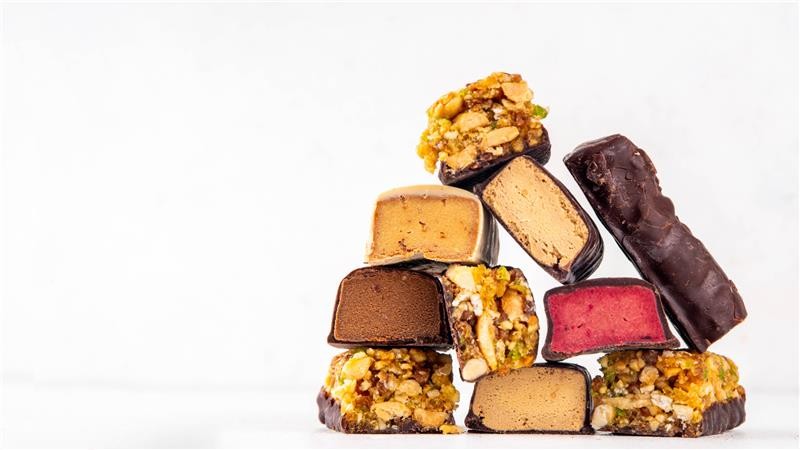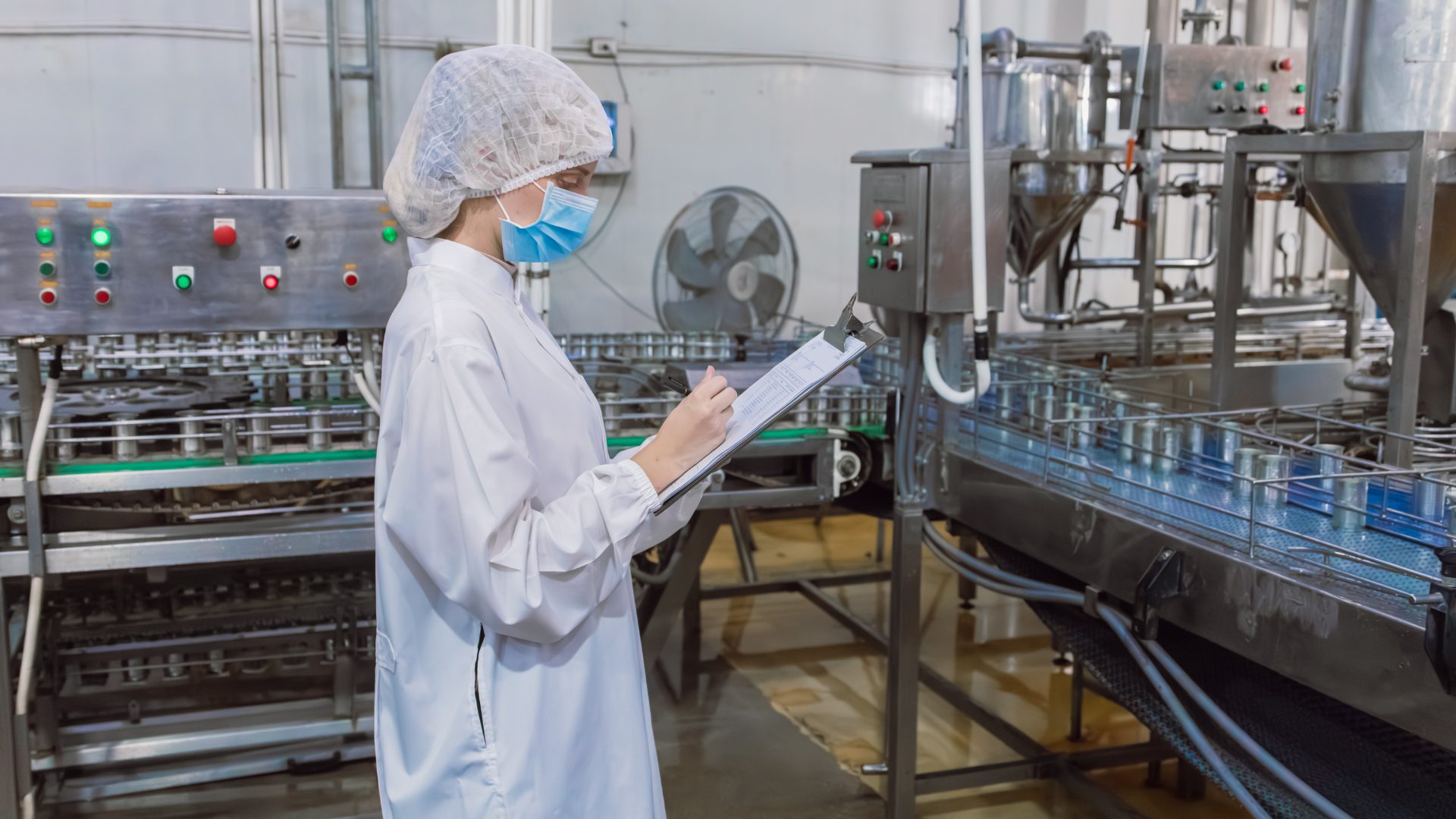Sustainability is about more than just the environment. It plays a huge role, yes, but sustainability fuses environmental, social and economic issues together to create a better future for our planet. According analysis by Impact Newswire, global warming, depleted resources and a fragile ecosystem make the conversation about sustainable practices more important than ever.
Impact Newswire analyzed several of the most transformative sustainability solutions, such as:
- Green hydrogen as a zero-carbon feedstock and fuel
- Carbon removal at scale, especially Direct Air Capture (DAC) plus storage
- The circular economy; advanced materials recovery & design for reuse
- Regenerative agriculture and soil carbon sequestration
- Vertical farming and controlled-environment agriculture (CEA)
- Water-energy innovations: solar desalination & large-scale water reuse
- AI, IoT and digital twins for efficiency at scale
Here’s a closer examination of the top three sustainability solutions, with expert insight.
Green Hydrogen as a Zero-Carbon Feedstock and Fuel
According to Impact Newswire, hydrogen produced from renewable electricity can decarbonize hard-to-electrify sectors, which will help enable deep emissions cuts in industry and transport. The problem, according to Diana Rasner, an executive with Cleantech Group, is the production of this hydrogen.
“My perspective is there is no such thing as true zero emissions carbon feedstock and fuel, including green hydrogen. You can get close, but all processes have some kind of carbon accounting attached to it,” Rasner told The Food Institute.
There are several obstacles right now standing in the way of this, but it doesn’t mean all hope is lost.
“We’re just finding that green hydrogen needs to pivot and niche itself into areas of demand it can immediately serve right now,” Rasner said. “Examples include distributed ammonia production for fertilizers (nitricity, nitrovolt) in agriculture and a few e-fuels projects coming online to help with mandates like SAF for aviation and methanol for maritime.”
James Demastus, PhD, a researcher and professor of sustainability, feels zero-carbon feedstock and fuel are important to consider.
“There is also biological production, in which the feedstock is engineered to absorb as much carbon as possible, fertilize land more efficiently, and helps to regenerate nature. This is still experimental, but an example of regenerative sustainability, which is part of strong sustainability. This is the innovation of a process that not only eliminates carbon, but reduces it too,” Demastus said.
Some experts feel hydrogen energy is an innovative technology that shows promise in agriculture.
“There are some other impactful, strong sustainability, approaches to growing feedstock. Cover cropping, minimal tillage, composting systems, agroforestry, and pest management solutions exist,” Demastus noted.
Carbon Removal at Scale
Carbon Dioxide Removal from nature-based methods and a switch to approaches like DAC will be essential to meet net-zero targets because many scenarios require removing CO₂ already in the atmosphere. This will help reverse legacy emissions and manage overshoot of carbon budgets, according to Impact Newswire.
Buff López, associate, materials & chemicals at Cleantech Group, feels DAC is promising but won’t be ramping up until the 2040s.
“If we’re going to meet net-zero by 2050, then we cannot wait another decade for a technology that may not even prove successful,” López said. “The main barriers to DAC are that it is expensive and relatively immature sorbent technology that degrades rapidly over time.”
“This leads to uneconomical operating costs that then result in delivered costs well into the thousands per ton of carbon dioxide captured. There are a few first-movers in this space, but commercial production isn’t happening any time soon.”
The Circular Economy
Using a system that keeps materials in use via recycling, repair, and product-as service models, could help reduce raw material demand. Parker Bovée, associate, waste & recycling at Cleantech Group, said there has been noteworthy movement in this area in the last few years.
“Design for reuse/recovery are important [such as] battery recycling,” Bovée said.
For batteries, Europe is the reference point for western economies, while China is the reference for Asia, followed closely by South Korea. Each of these reference markets are mandating improved recyclability of their battery components (currently cathodes but increasingly anodes as well) to promote three things:
- Domestic production of battery minerals without mining
- Reduced carbon footprint of batteries generally
- Integration into existing and developing battery manufacturing capacities
A circular economy business model doesn’t necessarily mean that sustainability results will be significant, experts note.
“Currently, circular economy systems are typically initiated or developed to address financial concerns and image management,” Demastus said. “Profit and loss efficiencies are sought, which can also be marketing to the public. This is weak sustainability. It’s very important that circular economy solutions begin to align with strong sustainability solutions.”
He says that agriculturalists need to co-evolve, meaning collaboration among competitors, supply-chains, and consumers.
“There needs to be regeneration efforts in the circular economy, which provide more resources to the planet than they use. Sharing water or soil resources are ways this can be done” Demastus shares with The Food Institute. “The implementation of permaculture farming into the circular economy would be an impressive innovation, too.
“Bioregional efforts that result in resources shared in circular fashions around communities is another way the circular economy could be meaningful in agriculture.”
Food for Thought Leadership
Is the future of flavor increasingly borderless? Valda Coryat, vice president of marketing for condiments and sauces at McCormick, reveals how curiosity powers McCormick’s flavor foresight, why segmentation by “flavor personality” matters, and how flavors are becoming more culturally driven.









